Indonesia’s coffee shifts: The rise of Indonesia’s modern mobile cafés
Nov 26, 2025
Indonesia’s coffee landscape Indonesia is one of the world’s leading coffee producers,
Chopsticks and Asian cultures
Vietnamese differs greatly from their neighbours in South East Asia. Unlike Thais, Malays and Indonesians, the Vietnamese dine with the help of chopsticks. Yes chopsticks. Chopsticks help define Asian cultures in many ways. Vietnamese are culturally closer to their northern neighbour in China and other chopstick wielding Asians in Taiwan, South Korea and Japan.
Chopstick nations produce Asian cultures that are far more;
The influence of chopsticks on Asian cultures is visibly stark in Vietnam, with those in Hanoi being far more assertive, pious even and most certainly nuanced compared to those in HCMC, which is 1,500 kilometres further south of historical Sino influences, albeit a mere two hour flight today.
I recently read Erin Meyer’s The Culture Map. An insightful book I sooooo wish I had read on arrival in Asia 25 years ago. The constructs of Erin’s Culture Map help us understand how to interpret different cultures’ behaviours relative to our own. So together with my Vietnamese team at Cimigo, we debated where Vietnamese sit on the maps relative to the US and Japan.

When communicating with the Vietnamese, the nuance certainly requires some listening to the air. Not to the extremes of Japan, but close. Providing feedback to the team is subtle and indirect. A debate and formal presentation is not theory first, nor commercial application first. It is far more holistic and to me (a UK national) rather long winded.
My own early attempts at being egalitarian have never born fruit and are completely irrelevant in a culture that respects a top down hierarchical leadership style. Decision making in Vietnam is the polar opposite of Japan’s consensual style. The Japanese concept of nemawashi consensus building ahead of important meetings is completely alien here.
In Vietnam relationships are absolutely key to building credentials and trust. Conflicts are largely avoided, this was a construct that the team and I most struggled to reach a clear conclusion. So much depends on the relative status of the person with whom the conflict exists. In general conflict is avoided but not to the same extent as in Indonesia nor Japan. Finally in Vietnam meeting times are rather flexible, not as flexible as Indonesia, but leeway certainly exists.
For anyone working across Asian cultures, read The Culture Map and save yourself a great deal of pain!
Visit AskCimigo and interrogate the report with our AI assistant.
Get instant access to syndicated consumer insights, market trends, and competitive intelligence across Vietnam.
If you have any questions or specific needs, please get in touch with us at ask@cimigo.com.

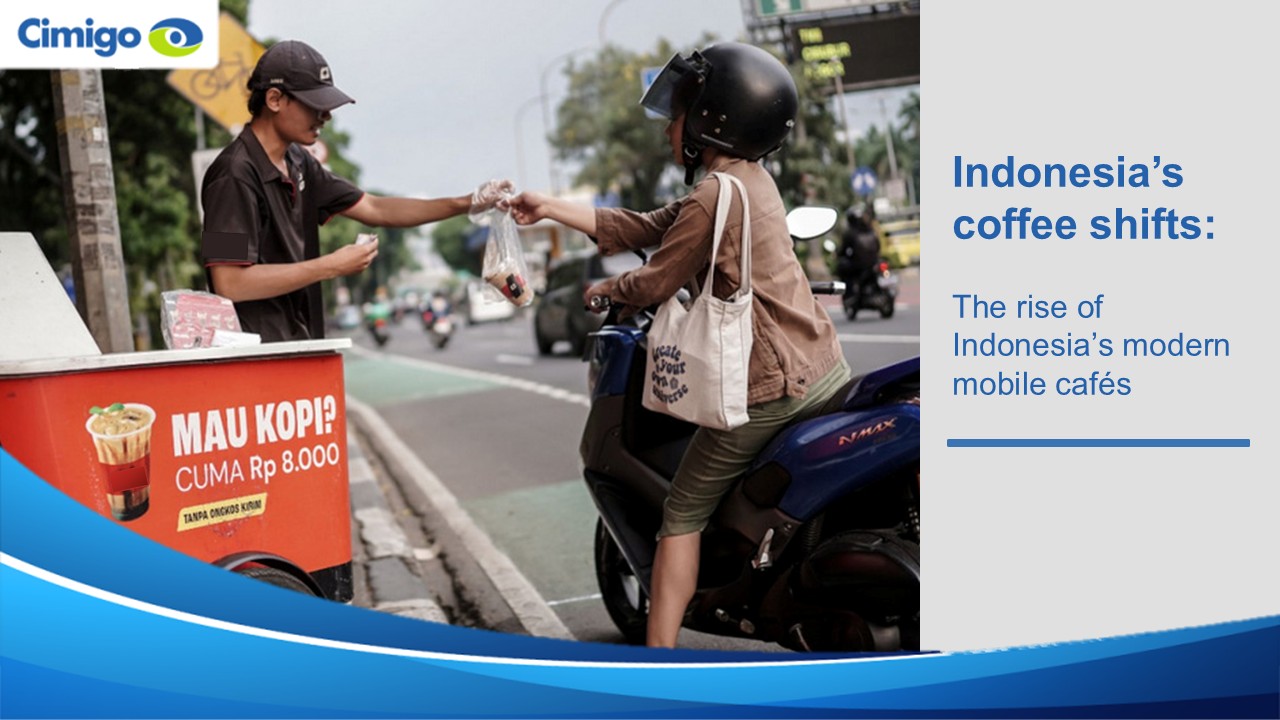
Indonesia’s coffee shifts: The rise of Indonesia’s modern mobile cafés
Nov 26, 2025
Indonesia’s coffee landscape Indonesia is one of the world’s leading coffee producers,

AskCimigo – Putting Vietnam’s consumers at your fingertips
Nov 25, 2025
Cimigo has launched AskCimigo, a first-of-its-kind consumer intelligence platform designed to

Vietnam’s online travel booking platforms
Nov 02, 2025
What drives Vietnamese travellers to choose (or abandon) online travel booking platforms

Lisa Nguyen - Vietnam Marketing Lead

Mark Ratcliff - Managing Director
The team at Cimigo are my favourite researchers in South East Asia. They’ve proved adept at tackling the most private and complex personal issues at qualitative research level, not flinching when the client endlessly chopped and changed fieldwork timing, or ramped up the workload without warning. They have recruited the most extraordinarily niche consumers without pause or complaint. Their patience with clients and their flexibility and hard work that went above and beyond what was initially asked of them on two projects relating to sexual behaviour means there is now no other research company we would choose to work with in that part of Asia. The fact they also pulled off a third project for us so well, on men’s relationship with beer and beer advertising, shows they have breadth of expertise— we still quote from the report they produced.
The team at Cimigo are my favourite researchers in South East Asia. They’ve proved adept at tackling the most private and complex personal issues at qualitative research level, not flinching when the client endlessly chopped and changed fieldwork timing, or ramped up the workload without warning. They have recruited the most extraordinarily niche consumers without pause or complaint. Their patience with clients and their flexibility and hard work that went above and beyond what was initially asked of them on two projects relating to sexual behaviour means there is now no other research company we would choose to work with in that part of Asia. The fact they also pulled off a third project for us so well, on men’s relationship with beer and beer advertising, shows they have breadth of expertise— we still quote from the report they produced.

Kevin McQuillan - Chief Marketing Officer

Sam Houston - Chief Executive Officer

Minh Thu - Consumer Market Insights Manager
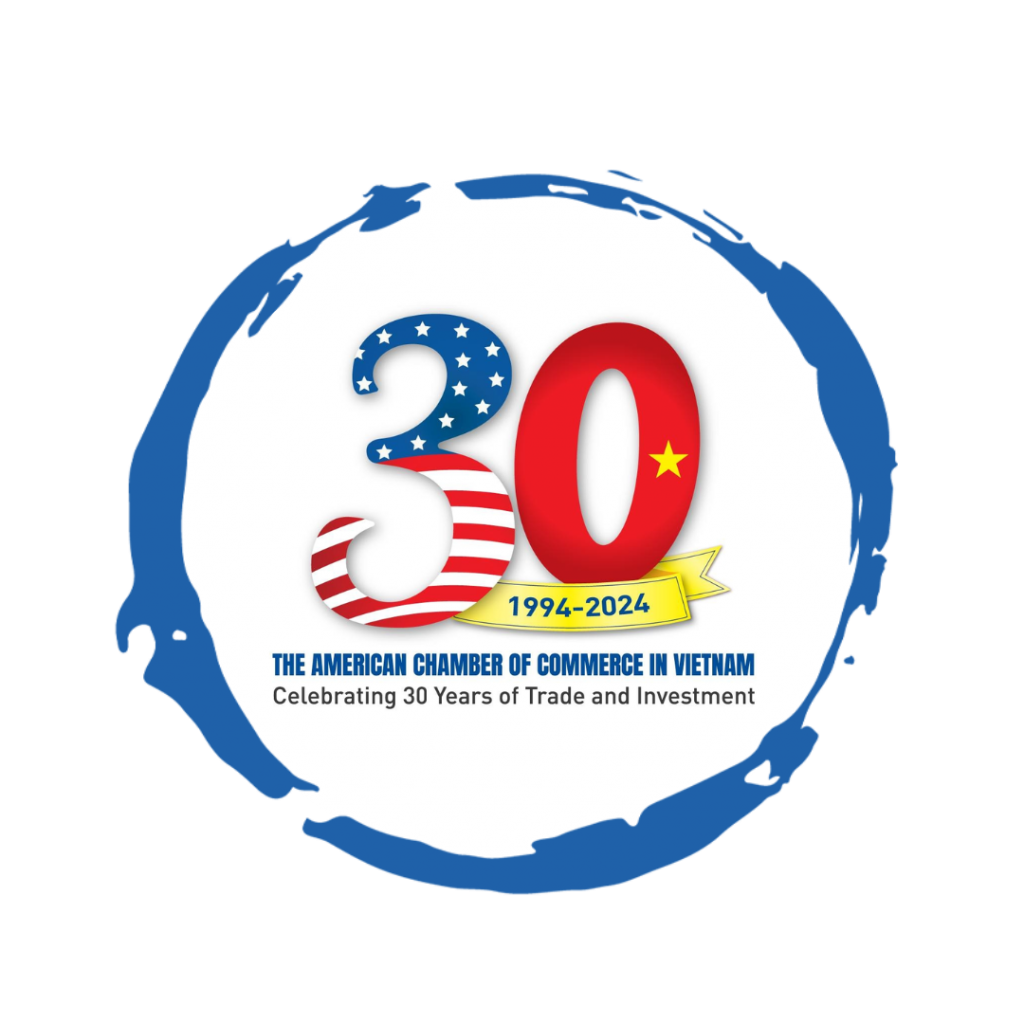
Travis Mitchell - Executive Director

Malcolm Farmer - Managing Director

Hy Vu - Head of Research Department

Joe Nelson - New Zealand Consulate General

Steve Kretschmer - Executive Director

York Spencer - Global Marketing Director

Laura Baines - Programmes Snr Manager

Mai Trang - Brand Manager of Romano

Hanh Dang - Product Marketing Manager

Luan Nguyen - Market Research Team Leader
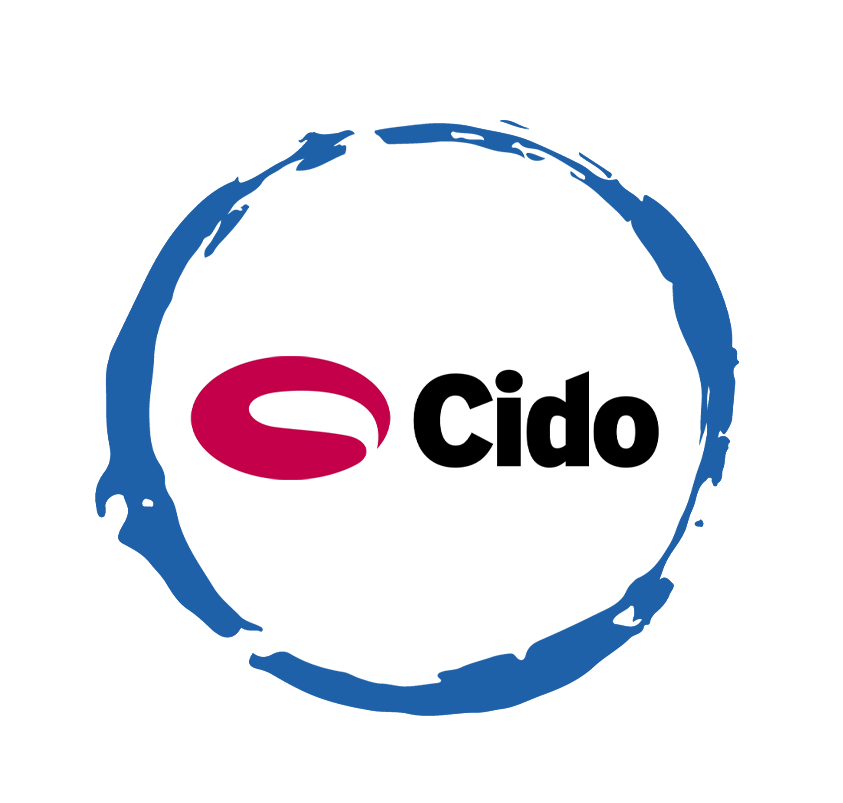
Max Lee - Project Manager

Chris Elkin - Founder

Ronald Reagan - Deputy Group Head After Sales & CS Operation

Chad Ovel - Partner

Private English Language Schools - Chief Executive Officer

Rick Reid - Creative Director

Anya Nipper - Project Coordination Director

Dr. Jean-Marcel Guillon - Chief Executive Officer

Joyce - Pricing Manager

Matt Thwaites - Commercial Director

Aashish Kapoor - Head of Marketing

Kelly Vo - Founder & Host
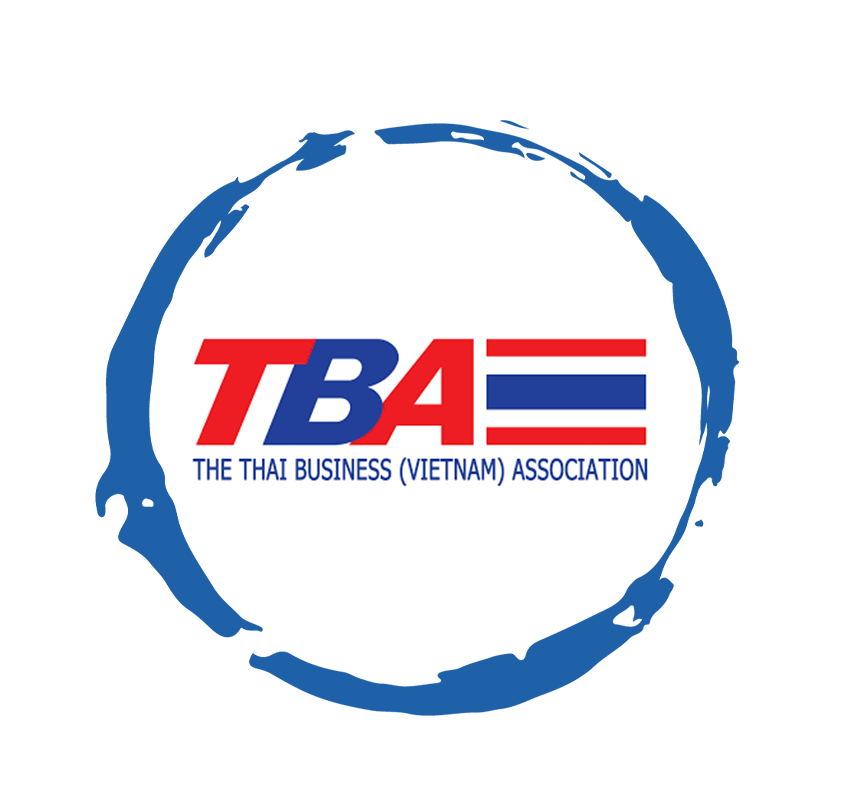
Thanyachat Auttanukune - Board of Management
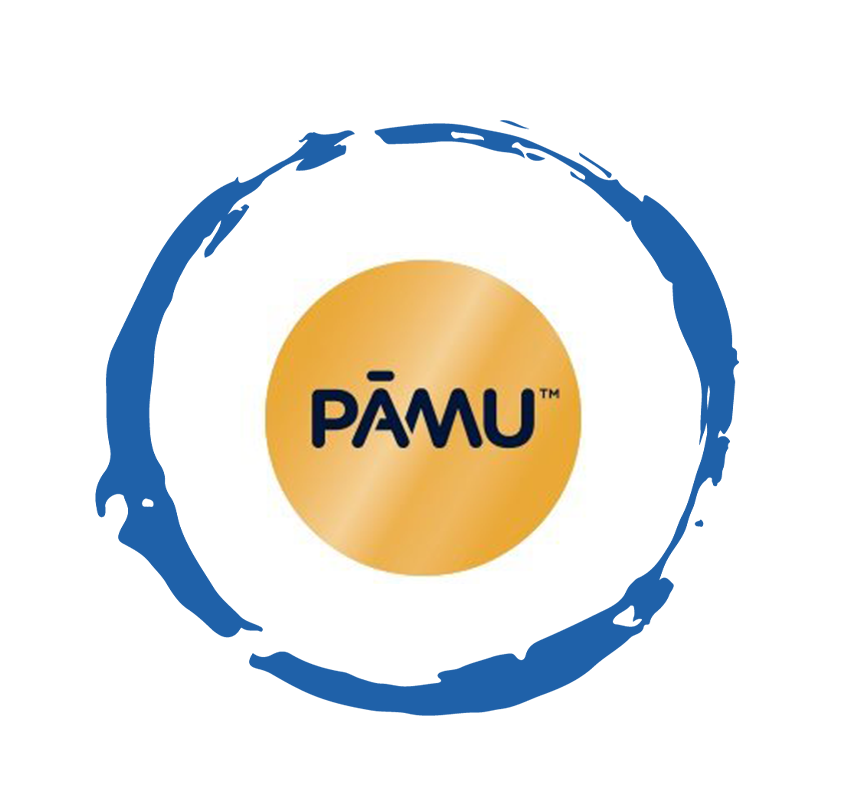
Hamish Glendinning - Business Lead

Thuy Le - Consumer Insight Manager

Richard Willis - Director

Ha Dinh - Project Lead

Geert Heestermans - Marketing Director

Vo Thi Thuy Ha - Commercial Effectiveness

Louise Knox - Consumer Technical Insights

Aimee Shear - Senior Research Executive

Dennis Kurnia - Head of Consumer Insights

Tania Desela - Senior Product Manager

Thu Phung - CTI Manager
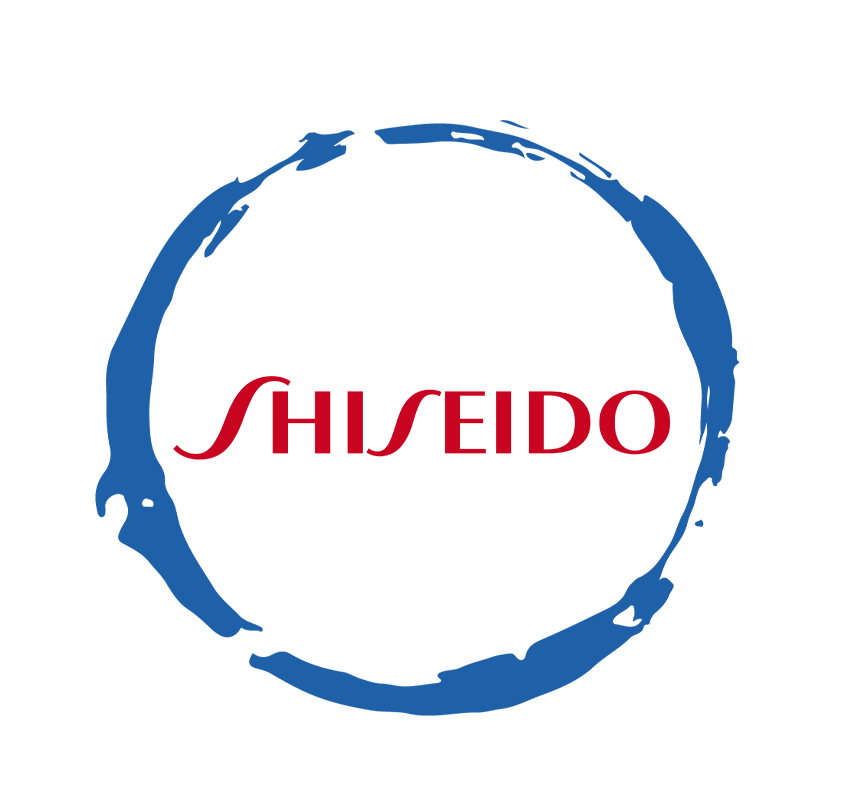
Linda Yeoh - CMI Manager

Cimigo’s market research team in Vietnam and Indonesia love to help you make better choices.

Cimigo provides market research solutions in Vietnam and Indonesia that will help you make better choices.

Cimigo provides a range of consumer marketing trends and market research on market sectors and consumer segments in Vietnam and Indonesia.

Cimigo provides a range of free market research reports on market sectors and consumer segments in Vietnam and Indonesia.
Please enter the information for free download.
The report will be sent to your email.
When downloading our reports, you agree to be contacted for marketing purposes.
Xin cảm ơn. Một email kèm với đường dẫn tải báo cáo đã được gửi đến bạn.
Vui lòng điền thông tin vào biểu mẫu bên dưới để tải về báo cáo miễn phí.
Báo cáo sẽ được gửi vào email bạn điền ở bên dưới.
Khi tải xuống các báo cáo của chúng tôi, bạn đồng ý được liên hệ cho mục đích tiếp thị.
Please enter the information for free download.
The report will be sent to your email.
When downloading our reports, you agree to be contacted for marketing purposes.
